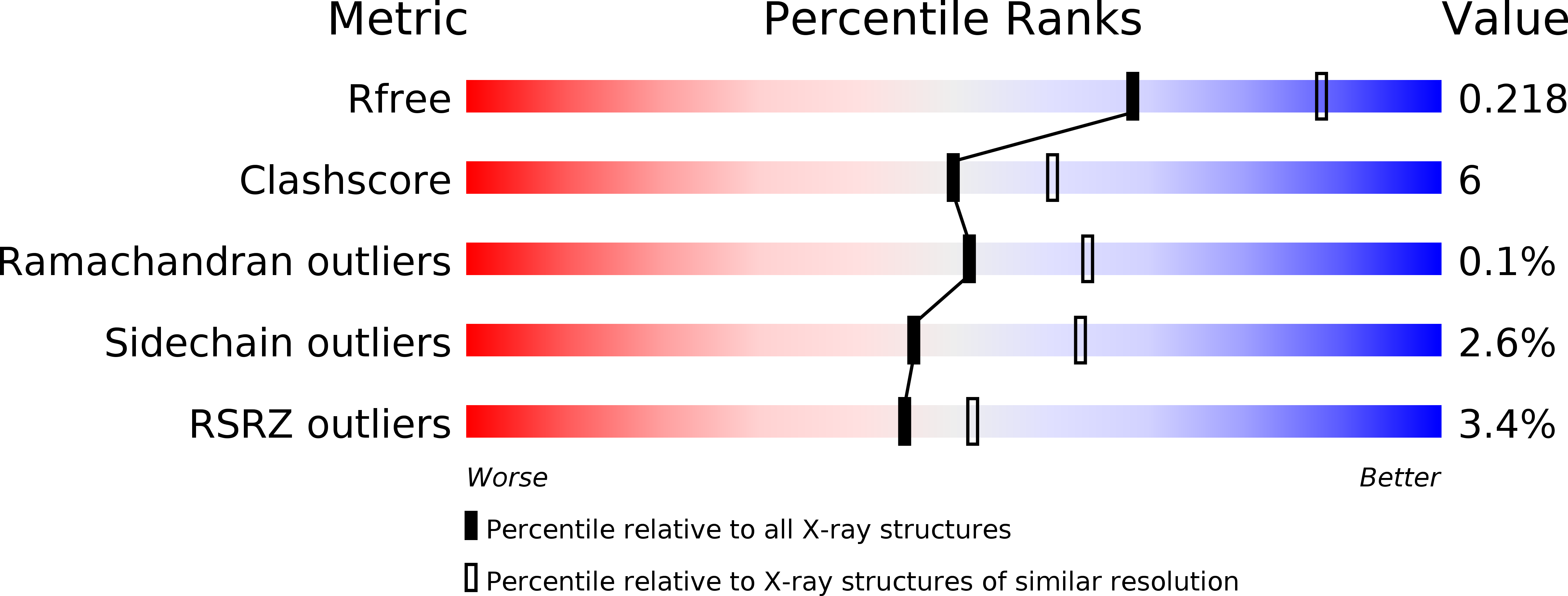
Deposition Date
2017-02-28
Release Date
2017-08-02
Last Version Date
2024-01-17
Entry Detail
PDB ID:
5NAV
Keywords:
Title:
Crystal structure of the double mutant (Cys211Ser/Cys292Ser) 6-phospho-b-D-glucosidase from Lactobacillus plantarum
Biological Source:
Source Organism:
Lactobacillus plantarum (Taxon ID: 1590)
Host Organism:
Method Details:
Experimental Method:
Resolution:
2.30 Å
R-Value Free:
0.20
R-Value Work:
0.16
R-Value Observed:
0.16
Space Group:
C 1 2 1


